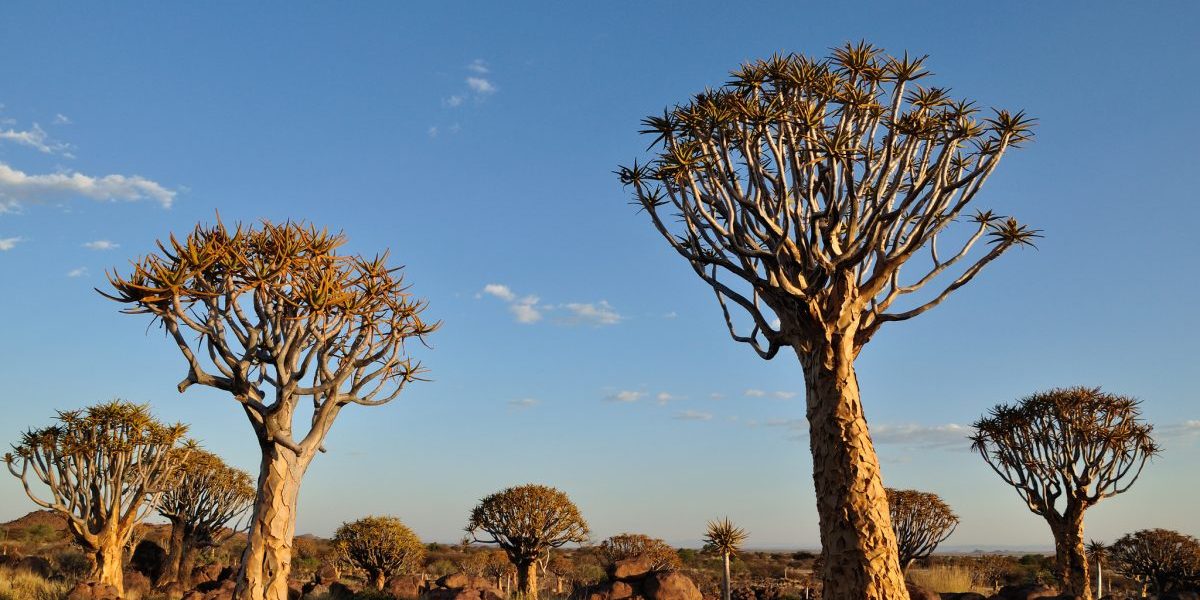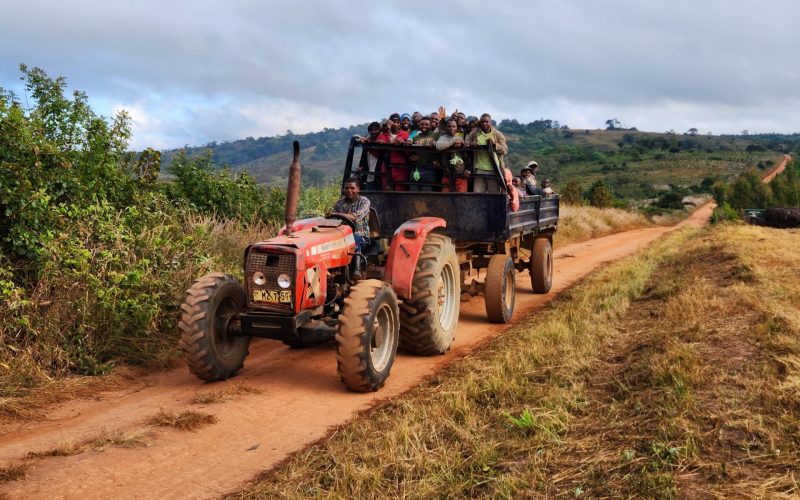This has led to conservation approaches that may better recognise the rights of local people to manage and benefit from communal natural resources.
Community-based natural resource management (CBNRM) has had mixed results since the first programmes were initiated in Southern Africa. The foundations of CBNRM – economic incentives, devolution, proprietorship and conservation – have been applied in varying degrees with different institutional models, many governments favouring co-management and revenue sharing approaches, retaining some control over natural resources and a large share of the income from their use.
National experiences in the region show that projects most likely to succeed have effective institutional frameworks; are supported through legislation and natural resources management policy; and focus on transparency and good governance at government level and within community and private sector partnerships. Community-based organisations with technical, organisational and institutional capacity are better able to assume management responsibilities and enhance partnerships with public- and private-sector actors.
Although the majority of CBNRM activities are still wildlife and tourism related, there is a shift to broaden their range. The development of innovative income generation from natural resources beyond wildlife products is key to furthering this discussion and spreading the risk of wildlife revenue-dependent communities. New thinking includes integrated landscape-level natural resource management and the use of ecosystem service accounting to justify land-use choices about conservation.
This paper provides a historical overview of CBNRM in the region, examining CBNRM’s degrees of success in achieving the objectives of addressing rural livelihood improvement through benefit sharing and income generation, while addressing biodiversity conservation and sustainable resource use. It considers the evolution of CBNRM policy, and highlights some of the lessons learnt from the cases of Namibia and Botswana in strengthening community-based decision making and management.








